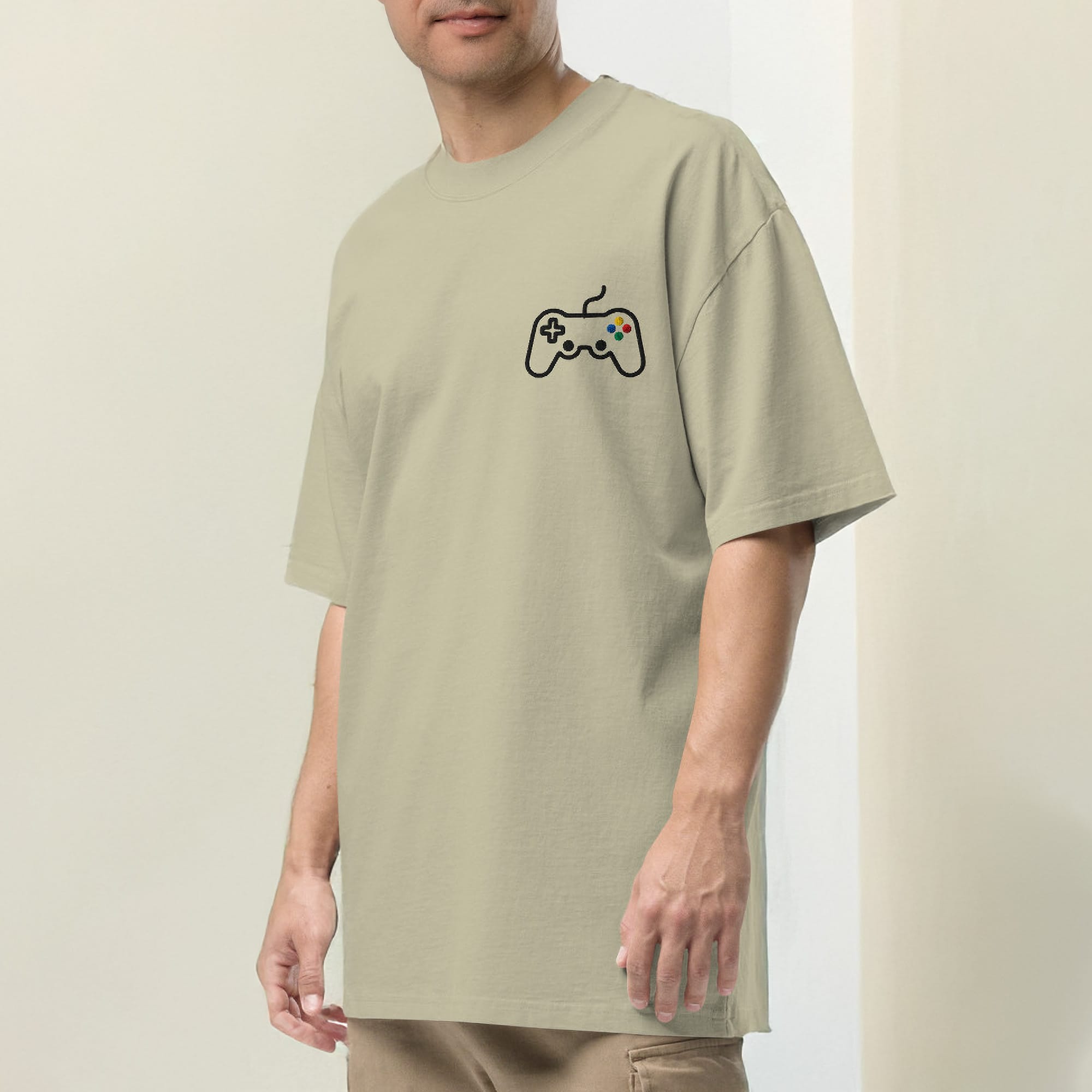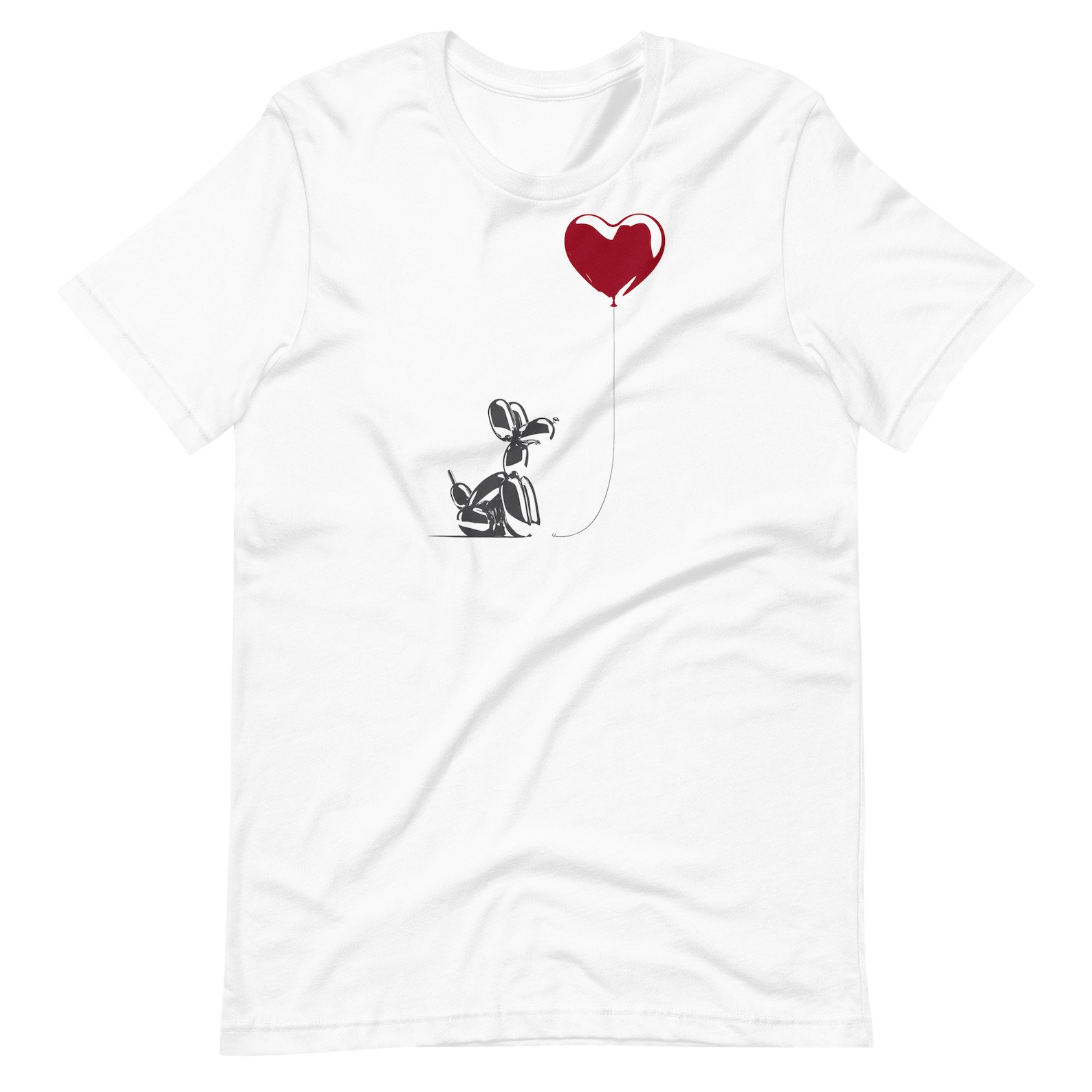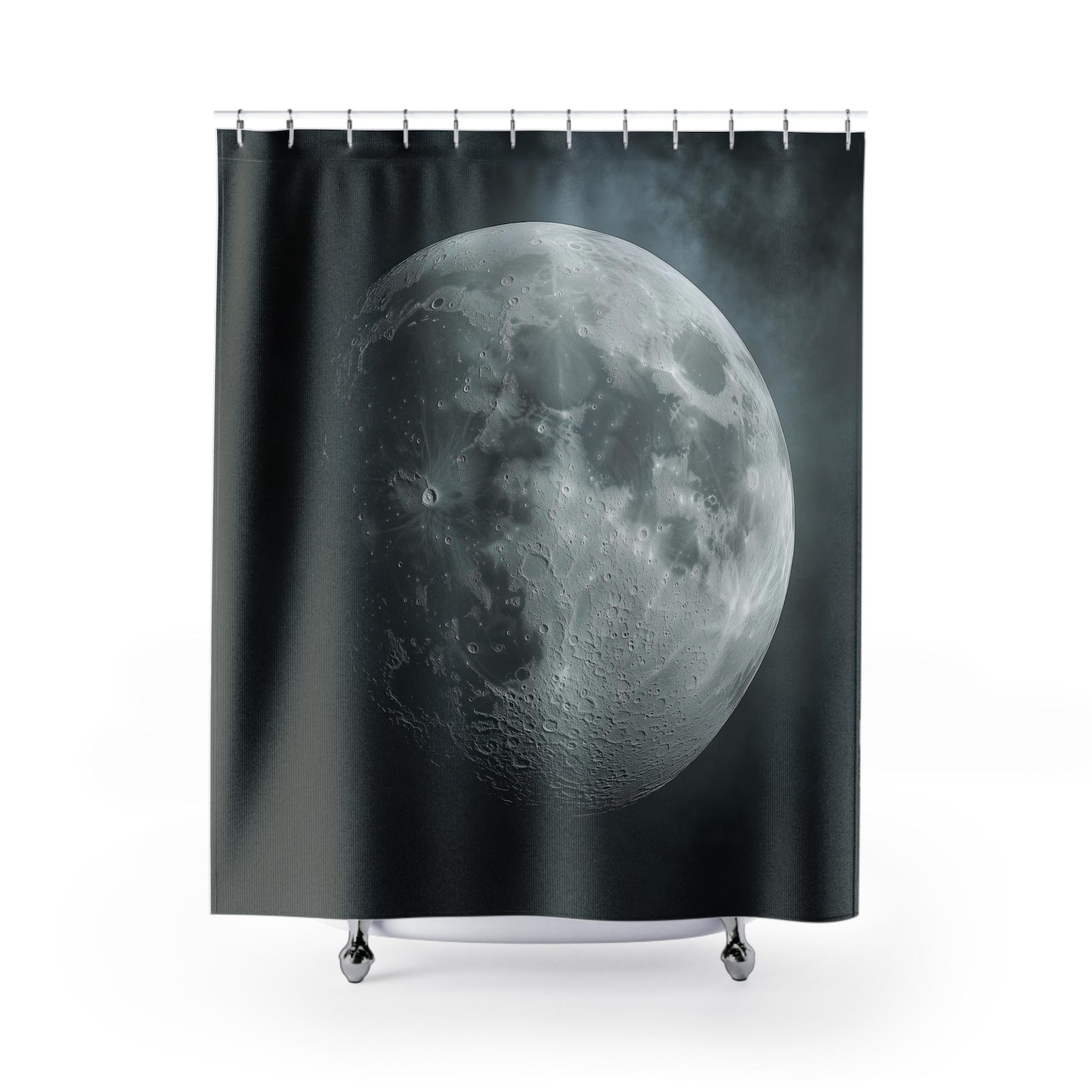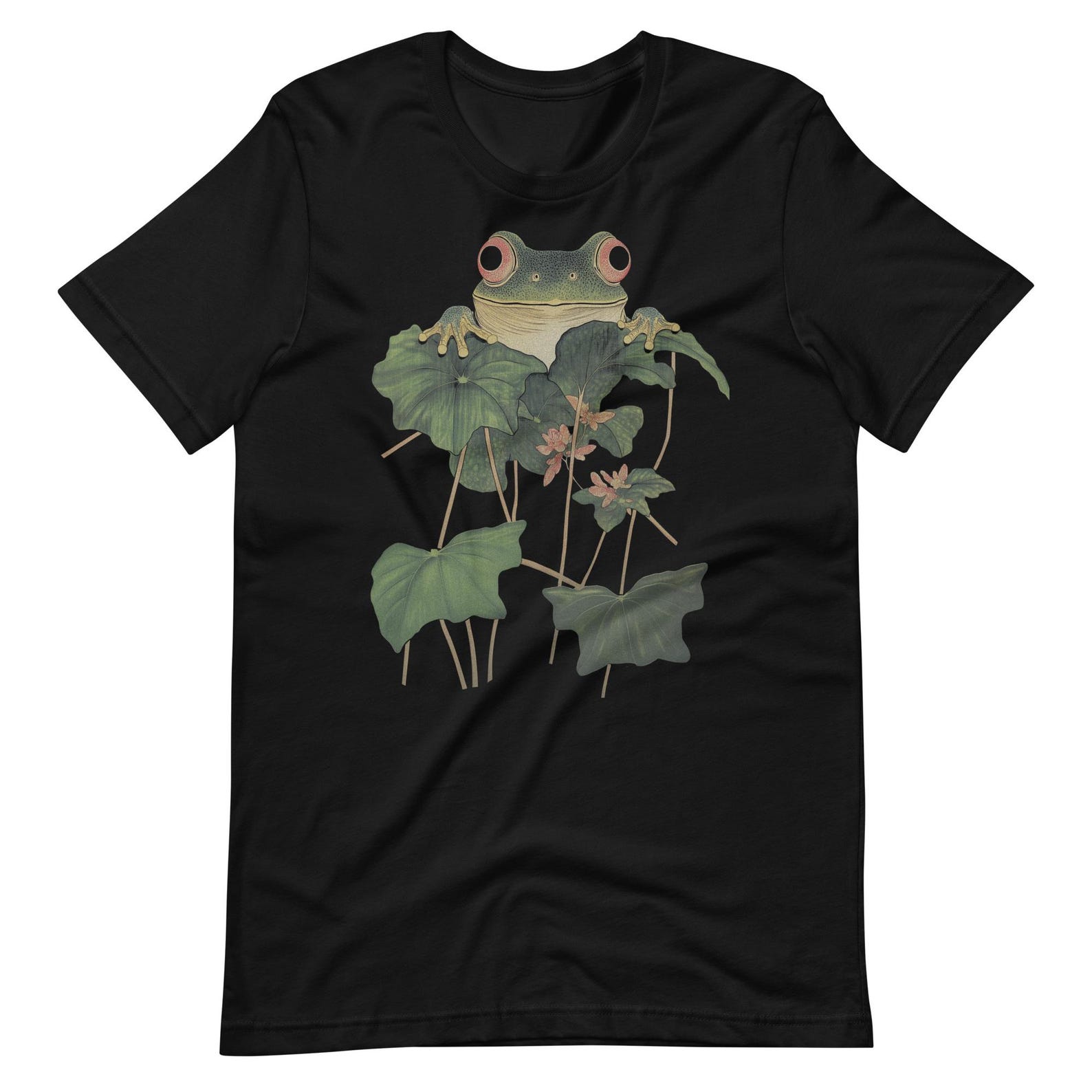Form in Play: An Homage to the Industrial Design of Gamepads
Behind every game controller lies a study in human factors engineering — a design evolution shaped by millimeters, muscle memory, and millions of hours of use.
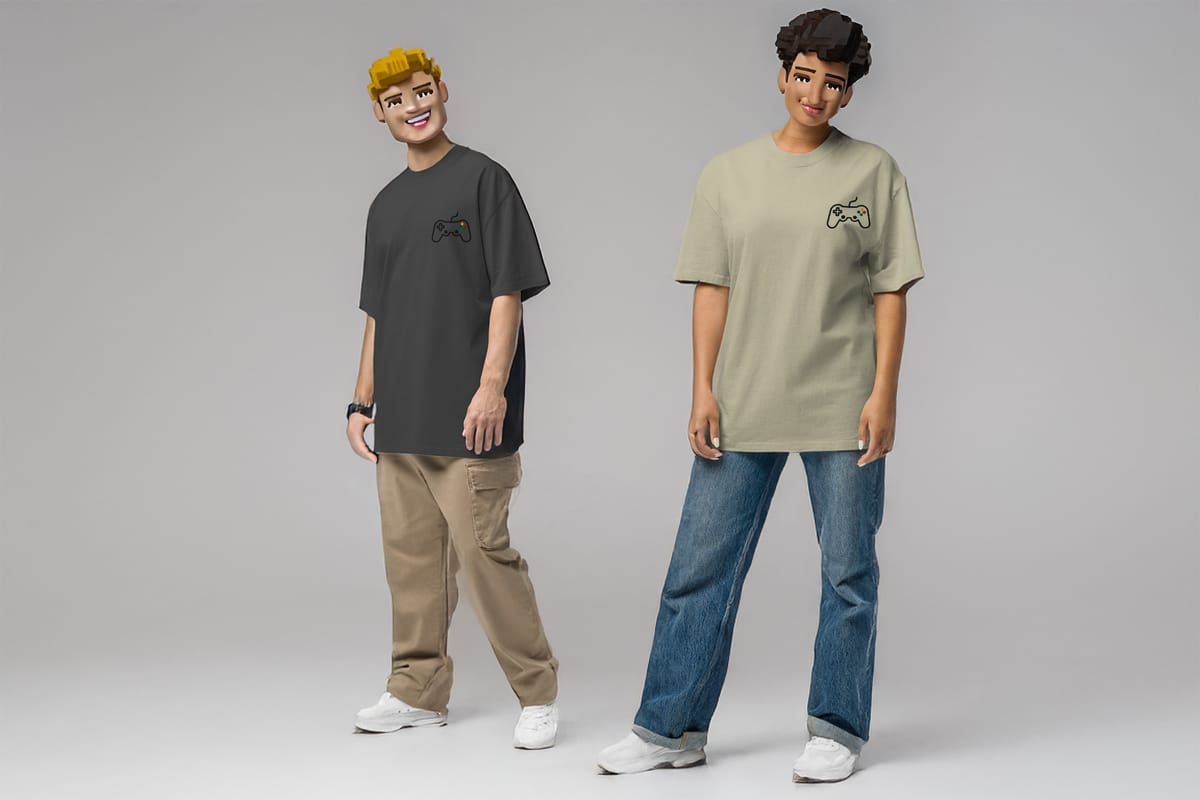
How ergonomics, control, and emotion converge in one of the most refined handheld designs ever made.
The modern gamepad is one of the most quietly perfected tools of the digital era. It’s held, not just used—shaped by decades of refinement, compromise, and obsession. Each generation of designers has faced the same practical question: how to make play comfortable, precise, and durable over long hours of use.
Hours are spent with it in hand. It must perform under tension without calling attention to itself. A controller becomes an extension into another world—a physical interface for psychological immersion.
Gaming, like film, is a form of escapism, but the difference lies in the type of participation. Movies rely on observation and empathy; games rely on constant reaction. One is mental; the other is physical and procedural. The controller bridges those states where thought and muscle memory merge into a single task loop.
⚙️ The Object of Control
The beauty of a gamepad isn’t its novelty—it’s the iterations.
The evolution of the gamepad has been driven by precision. Every major platform represents a slightly different philosophy of control:
- Sony's DualShock placed the analogue sticks symmetrically, trusting balance.
- Microsoft offset them, privileging the dominant thumb's position.
- Nintendo kept reinventing—from the three-pronged N64 controller (an audacious, modular attempt at ergonomics) to detachable Joy-Cons, where the form literally splits apart.
There’s something almost architectural about it. The PlayStation’s convex buttons, the Xbox’s concave ones—each design represents a different theory of feedback. Some designers insisted on resistance for precision; others argued for softness to reduce fatigue.
Even the decision to include a slight dead zone in analogue sticks—where movement isn’t registered immediately—is deliberate. It prevents accidental drift, but also introduces a ghostly “delay,” a split-second of design philosophy you can feel but not see.
🖐️ The Philosophy of Touch
Every surface radius, button resistance, and trigger angle is an argument between comfort and control.
Too smooth, and it loses personality. Too sharp, and it feels merely mechanical. Too light, and it feels like a toy. Too heavy, and it becomes work. The best controllers strike a balance—a kind of human geometry that understands fatigue, grip, and the deep desire to forget the tool exists once the game begins.
Some gamers are said to fixate on controllers. They compare the curvature of grips, the weight distribution, and the sound of a button returning to neutral. It makes sense—these are the small decisions that define immersion. The gamepad is a large part of your existence in another world.
🔍 Key Factors Designers Consider
Designers and players often think about the same fundamentals—just from opposite directions. What designers obsess over in development becomes what players feel in use.
- Compatibility – Does the controller work with your PC, console, or mobile device, and support modern game inputs (XInput)?
- Comfort and Fit – The best controllers are comfortable and fit for long sessions without strain. Grip shape, weight balance, and button spacing all affect how natural it feels after hours.
- Responsiveness – Every press or trigger pull should feel immediate. Latency—the time between your action and the game’s response—defines the device's trustworthiness.
- Material Feel – Matte textures resist sweat, glossy plastics can feel cheap, and soft-touch finishes wear differently over time. You can often tell a good controller before you even turn it on.
- Feedback – Haptic vibration, trigger tension, and button “click” quality all create a sense of physical realism. These aren’t gimmicks—they tell your hands what’s happening.
- Build Quality – Good controllers survive years of play. Weak shoulder buttons or cheap internal springs are the first signs of cost-cutting.
- Customisation – Extra paddles, swappable sticks, or programmable buttons can improve performance—but too much adjustment can distract from instinctive play.
- Value – Price often tracks longevity. A slightly higher cost can mean better switches, tested durability, and less frustration later.
Controllers are designed under these constraints—not as art pieces, but as reliable prosthetics for input. The best ones fade into the background.
A Minimal Tribute
The Gamepad Tee is a quiet nod to this defining object.


